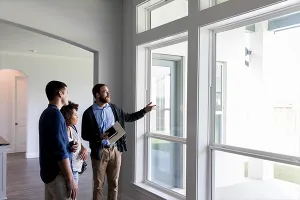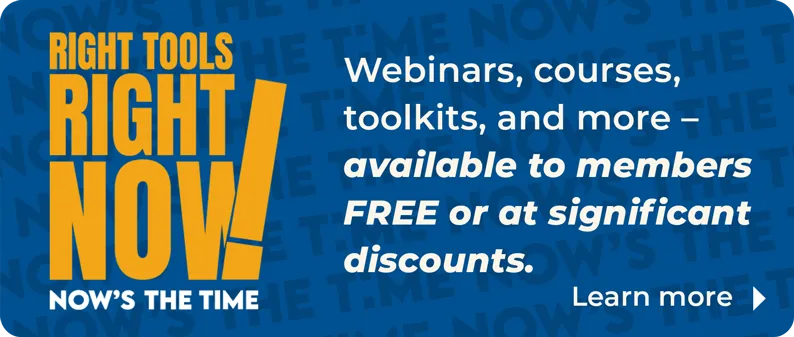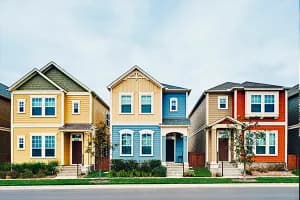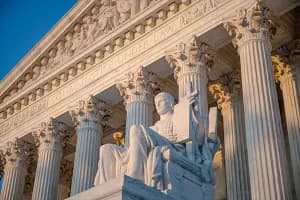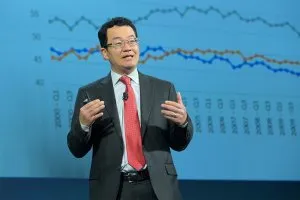
Nyla Shelton was an intern with NAR during the summer of 2025. During her summer experience, Nyla produced the following analysis based on data from the 2025 REALTORS® Residential Sustainability Report.
When determining the investment value of properties, investors typically focus on location, comparable sales, rental income potential, and operating expenses. While sustainability features aren't traditionally viewed as key investment drivers, NAR's 2025 Residential Sustainability Report reveals how buyer preferences and market dynamics around sustainable features may influence property economics, warranting investor attention.
What Do Home Buyers Value?
The data shows that buyers prioritize practical sustainability features over high-profile alternatives. Home buyers in 2025 viewed windows, doors and siding as key green features, with 86% considering them very or somewhat important. Similarly, 72% rate utility bills and operating costs as important features. By contrast, clients ranked renewable energy systems and smart-home technologies much lower (24% very or somewhat important; 32% very or somewhat important, respectively) in terms of importance. Investors should be aware of these buyer preferences as they align with features that directly affect property durability and operating costs. While higher-profile sustainability features, such as solar, are often at the forefront of climate-solution conversations, the data suggest that investors may find more consistent buyer appeal by first focusing on practical upgrades rather than complex renewable energy systems.

Financial Incentives Shape Market Dynamics
Nearly half of REALTORS® (47%) identify financial incentives for homeowners as the factor that would most increase demand for sustainable homes, followed by higher resale value (31%) and greater consumer awareness of energy cost savings (30%). Home buyers' financial priorities align with how investors typically evaluate improvements, and REALTOR® respondents suggest that these market dynamics remain relatively unexplored. For investors, this highlights opportunities in markets where sustainable features can meet demonstrated buyer preferences for practical efficiency improvements.


Market Inefficiencies
The industry faces certain knowledge challenges around sustainability valuations. Top challenges related to sustainability knowledge noted by REALTORS® include understanding how solar panels impact transactions (58%) and valuing solar panels on homes (52%). Additionally, the majority of REALTORS® (73%) stated that they were unsure whether appraisers in their area are educated on the value of sustainability features. These knowledge gaps represent areas where the real estate industry can develop expertise to better serve clients and establish consistent valuation approaches. With advances in education and the development of standardized methods, properties with sustainable features are increasingly well understood by REALTORS®, and home buyers may benefit from more consistent market recognition of their economic and investment benefits.


Growing Client Interest
Client engagement with energy efficiency topics has shown measurable change from 2024 to 2025. In 2025, 42% of REALTORS® reported clients rarely asked for advice about energy upgrades, a steep increase from only 7% in 2024. Meanwhile, the share saying clients "never asked" fell from 57% to 29%. Additionally, 58% of REALTORS® said promoting energy efficiency in listings adds value. This suggests increasing awareness and engagement with efficiency topics, and for investors, this trend indicates growing buyer familiarity with sustainable features—a key signal of future demand growth.


Looking Ahead
NAR's 2025 Residential Sustainability Report illustrates the measurable yet evolving impact of sustainability on residential markets. Buyers' interest in practical efficiency features is documented; yet, knowledge gaps across the industry regarding valuations and the impacts on transactions remain. For investors, this suggests prioritizing well-understood improvements—such as energy-efficient windows, insulation, and HVAC systems—that align with demonstrated buyer preferences and deliver operational cost benefits. Rather than focusing on broad sustainability trends, successful strategies likely center on features that demonstrate clear financial value through reduced utility costs and available incentive programs.
There is an opportunity that lies not in predicting market transformation but in understanding today's sustainable features already delivering measurable value in current market conditions. As industry knowledge develops and valuation methods standardize, properties with practical efficiency improvements may benefit from more consistent recognition of their economic contributions to both operating performance and buyer appeal.
